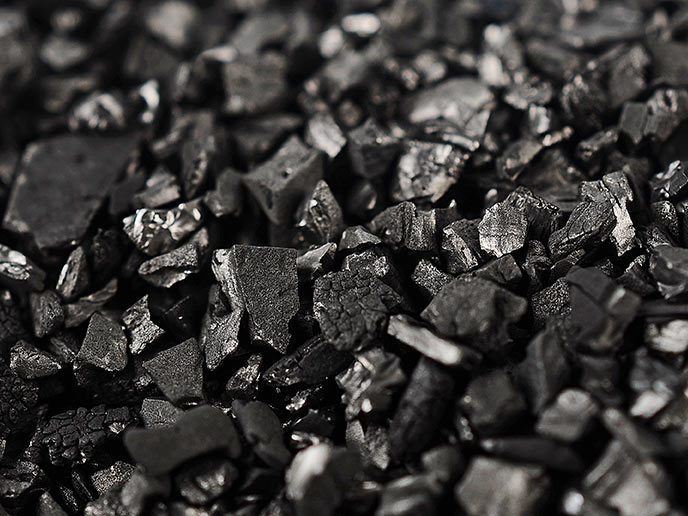The water purification activated carbon chooses coconut shell activated carbon, which is popular because of people’s taste preference and its role in reducing health hazards and meeting regulatory requirements.
Brian Tucker, manager of Brown Williamson’s filter new technology department, believes that many smokers’ love for the taste of cigarettes with nutshell activated carbon filters is the main reason for the popularity of nutshell activated carbon. Nutshell activated carbon is a ready-made technology to reduce various compounds in flue gas. It may play an important role in the development of products with less potential health hazards.
A related person said: “The cigarette industry’s acceptance of nutshell activated carbon may be based on people’s understanding of it, its application over the years, and it is believed to be a better particle that can reduce harmful components in cigarette smoke. Adsorbents. Other granular adsorbents (such as silica gel, etc.) used in the past have much lower overall efficiency in reducing harmful components than activated carbon from husks. At present, there are a large number of research topics aimed at selectively filtering harmful substances from cigarette smoke. Important progress has been made on some subjects. However, it will take many years to find a particulate matter that is better than husk activated carbon and can be used as a cigarette filter additive. Of course, under the premise of this possibility. Many options in the future Sexual additives will be used in composite filters together with husk activated carbon to assist the husk activated carbon to play its role as the main particle additive for cigarette filters.”
Nutshell activated carbon can effectively remove many volatile compounds in the flue gas (such as hydrogen cyanide, formaldehyde, acrolein, isoprene and benzene), and can also remove some semi-volatile compounds (such as quinoline, Pyridine and phenol). Of course, there is currently no filter medium that can remove gases such as carbon monoxide and nitric oxide, and these gases can only be diluted by filter ventilation. For non-volatile substances (such as aromatic amines, tobacco-specific nitrosamines and benzo[a]pyrene), it can only be mechanically trapped just like removing tar.

